Machining Speeds And Feeds In CNC Machining
Introduction
Machining speeds and feeds play a decisive role in CNC machining as they affect tool service life, surface finish and overall efficiency. The correct calculation of these parameters ensures optimal performance and minimises equipment wear.
The Importance of Speeds and Feeds
Selecting the appropriate speeds and feeds is essential for:
- Tool Durability: Prevents excessive wear and extends the tool’s service life.
- Surface Quality: Achieves the required surface finish.
- Production Efficiency: Balances machining time and output.
Calculation of Machining Speeds and Feeds
Multiple factors must be considered when calculating machining speeds and feeds:
Cutting Speed (Vc)
The cutting speed is the rate at which the cutting tool engages the material. It is measured in metres per minute (m/min).
Feed Rate (F)
The feed rate is the distance the tool advances during each rotation of the workpiece. It is usually measured in millimetres per minute (mm/min).
Recommended Speeds and Feeds for Common Materials
|
Material |
Cutting Speed (m/min) |
Feed Rate (mm/min) |
|
200 |
0.2 |
|
|
Stainless Steel |
100 |
0.15 |
|
80 |
0.1 |
|
|
Cast Iron |
120 |
0.18 |
Additional information is available at Stanford Advanced Materials.
Factors Influencing Speeds and Feeds
Several factors affect the optimal speeds and feeds:
- Material Hardness: Harder materials require lower speeds.
- Tool Material: Carbide tools tolerate higher rotational speeds than high-speed steel tools.
- Machine Capacities: The performance and rigidity of the CNC machine determine the feasible parameters.
Frequently Asked Questions
What is the difference between speed and feed rate in CNC machining?
Speed refers to the rate at which the cutting tool moves relative to the workpiece, whereas feed rate indicates the rate at which the tool advances into the material.
How do material properties affect speeds and feeds?
Harder materials typically require lower rotational speeds and feed rates. This adjustment minimises tool wear and maintains machining accuracy.
Can incorrect speeds and feeds lead to tool damage?
Yes, the application of unsuitable speeds and feeds may result in excessive tool wear, tool breakage or a reduction in surface quality.
How does CNC technology assist in calculating speeds and feeds?
CNC machines are equipped with precise control systems that calculate and adjust speeds and feeds based on programmed parameters.
Which tools are essential for calculating machining speeds and feeds?
Machining speed calculators, manufacturers’ guidelines and dedicated CNC software are essential for accurate calculations.

 Bars
Bars
 Beads & Spheres
Beads & Spheres
 Bolts & Nuts
Bolts & Nuts
 Crucibles
Crucibles
 Discs
Discs
 Fibers & Fabrics
Fibers & Fabrics
 Films
Films
 Flake
Flake
 Foams
Foams
 Foil
Foil
 Granules
Granules
 Honeycombs
Honeycombs
 Ink
Ink
 Laminate
Laminate
 Lumps
Lumps
 Meshes
Meshes
 Metallised Film
Metallised Film
 Plate
Plate
 Powders
Powders
 Rod
Rod
 Sheets
Sheets
 Single Crystals
Single Crystals
 Sputtering Target
Sputtering Target
 Tubes
Tubes
 Washer
Washer
 Wires
Wires
 Converters & Calculators
Converters & Calculators
 Write for Us
Write for Us
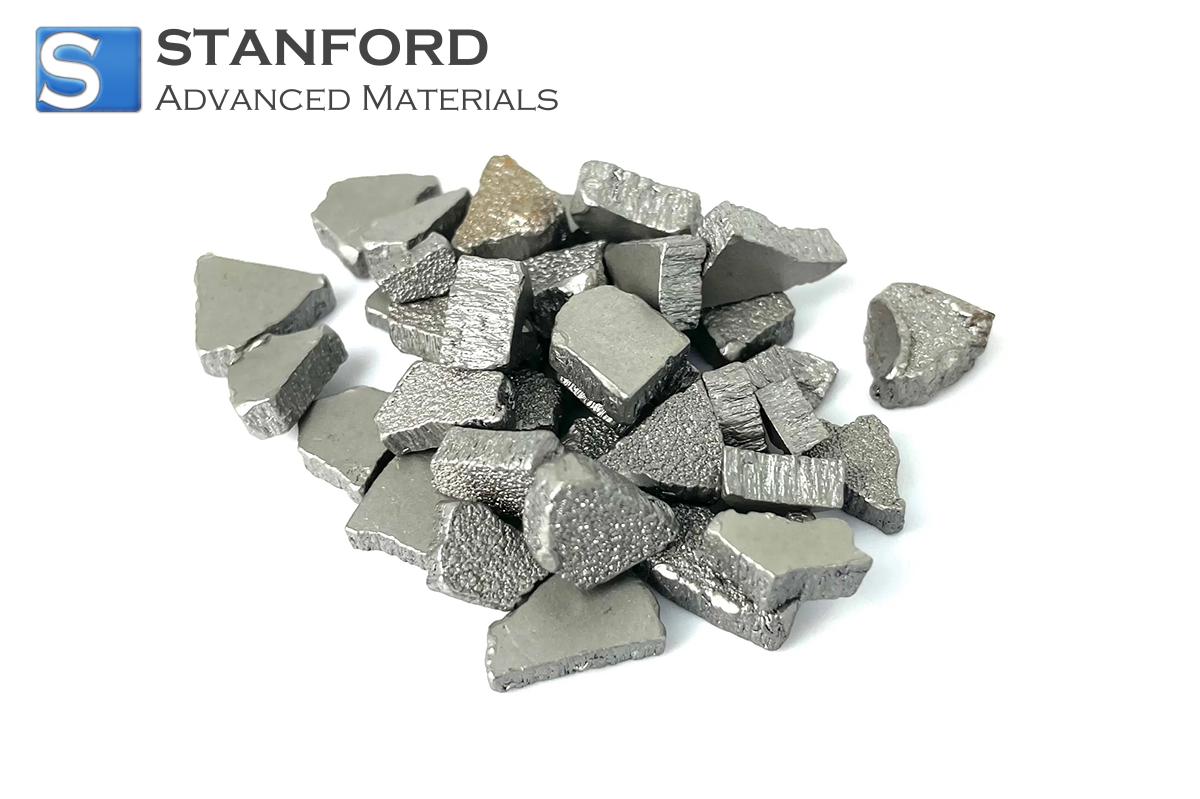
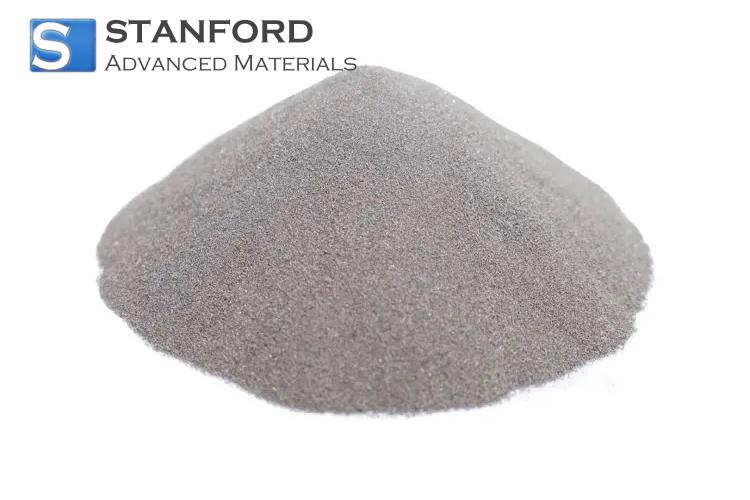
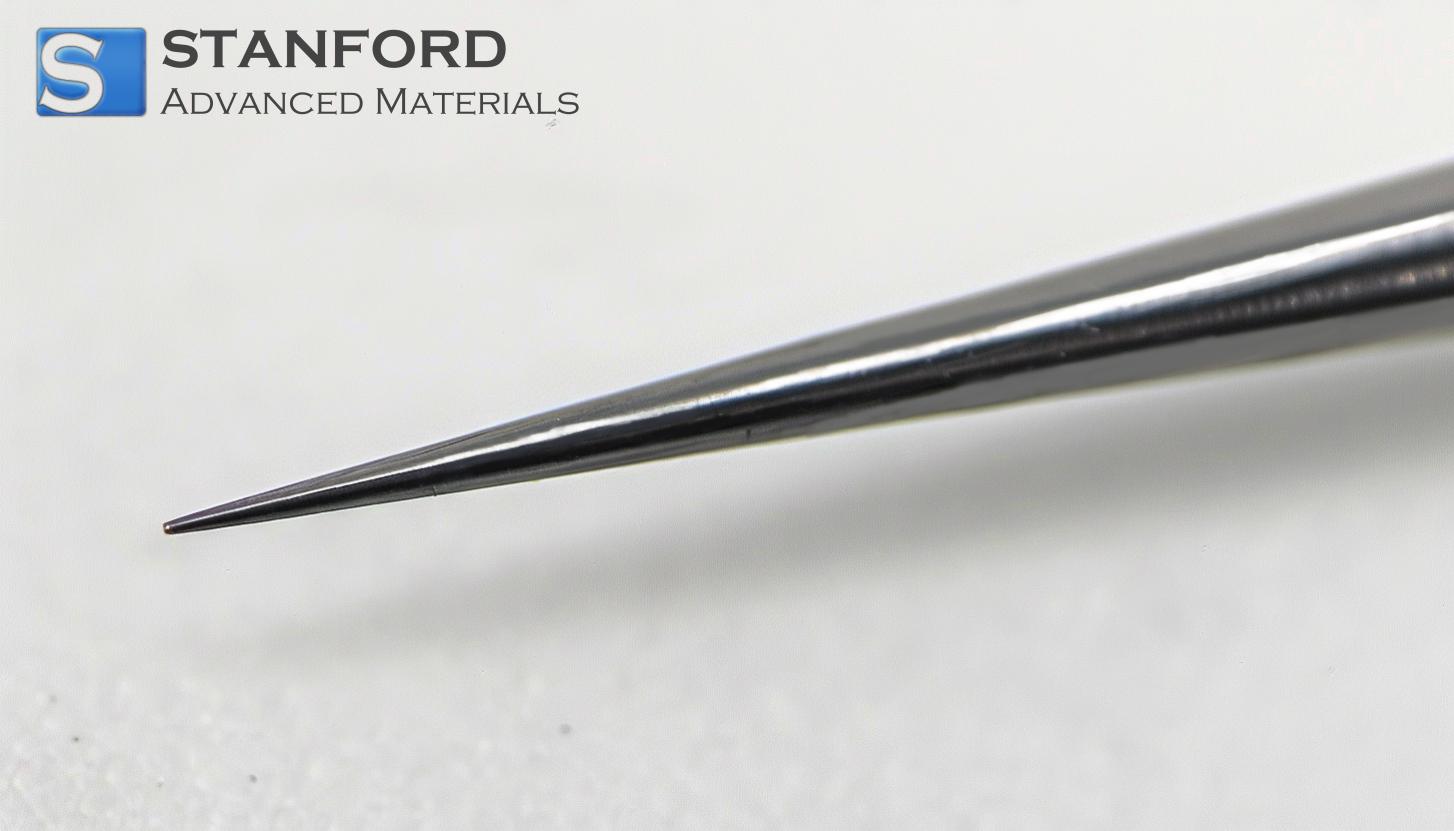
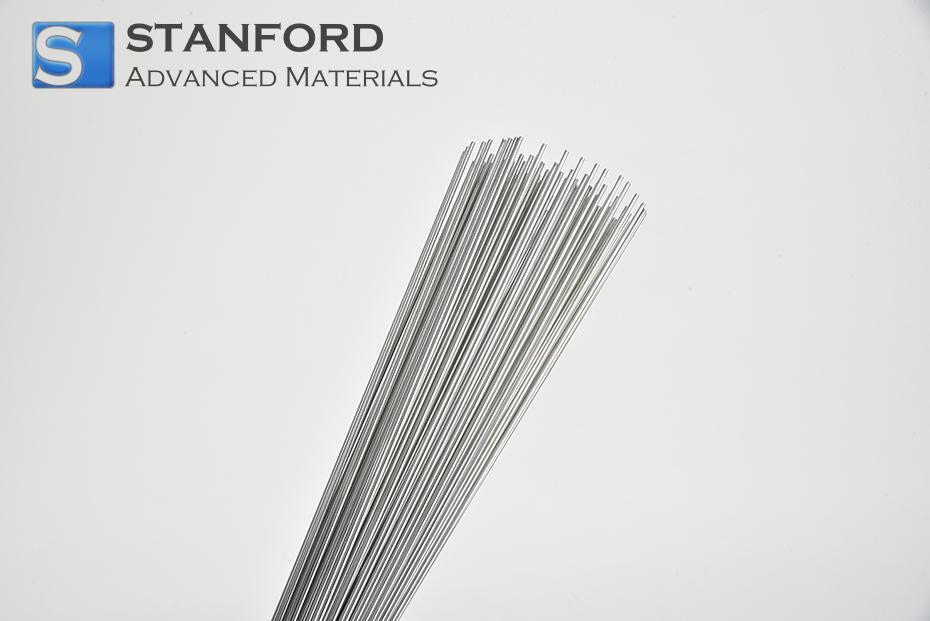
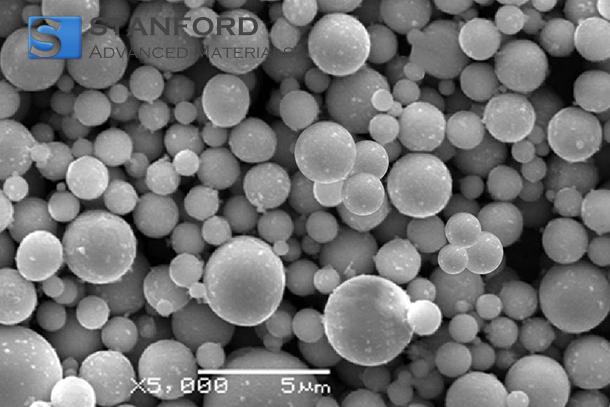
 Chin Trento
Chin Trento



